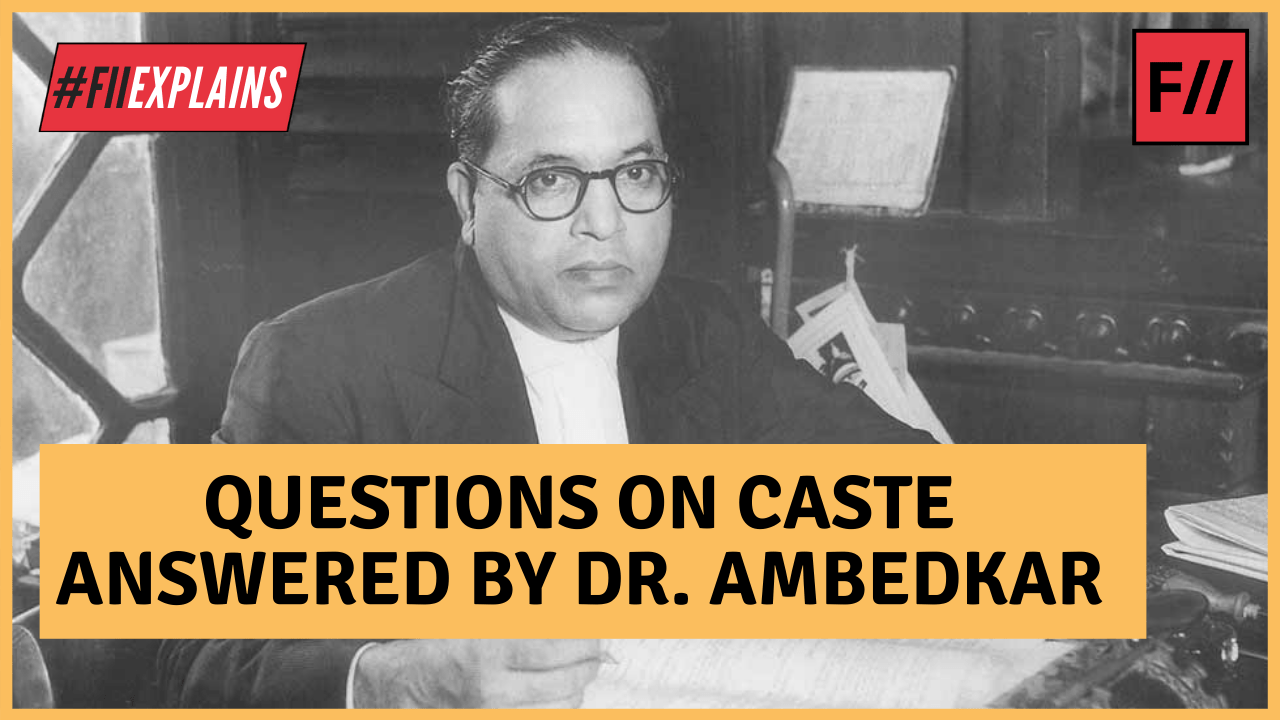Dr B.R. Ambedkar wrote The Annihilation of Caste in 1936. It was a speech that was to be delivered at the annual conference of the Jat-Pat Todak Mandal, a Hindu reformist group in Lahore. The speech was written primarily for a privileged caste audience, in order to show them how the caste system thrives on their practices and beliefs, and what they ought to do to abolish it. However, upon reading the text of the speech, the organisers cancelled the lecture, as they found its content to be “too provocative”.
This speech is one of the most important texts produced in the 20th Century. It is a truly visionary text in that it foresees the failures of a political democracy that other political activists of his time disregarded, or, were completely oblivious to. A political democracy is hollow, if it does not come along with social democracy. Dr. Ambedkar stood for the trinity principles of liberty, equality, and fraternity, each of which cannot be achieved without the other. He ensured that these principles are enshrined in the Indian Constitution, but today, they’re increasingly coming under a threat. Casteism continues to thrive, with Dalit people being pushed to the margins, owing to actions of the privileged castes as well as the State. Feminism is incomplete without understanding the intersectionality of caste and gender.
We look at 5 Questions on Religion and the Caste System answered by Dr. Ambedkar in this book:
- Why do we need to annihilate the caste system?
- Is religion a source of power?
- Was the Caste System a mode to maintain social order through division of labour?
- Why have so many people tolerated the social evils they have been subjected to?
- How can one abolish the caste system?
Let us vow to fight the caste system that has deprived the marginalised communities of constitutional rights, and threatens anyone who speaks against it.
About the author(s)
Feminism In India is an award-winning digital intersectional feminist media organisation to learn, educate and develop a feminist sensibility and unravel the F-word among the youth in India.




